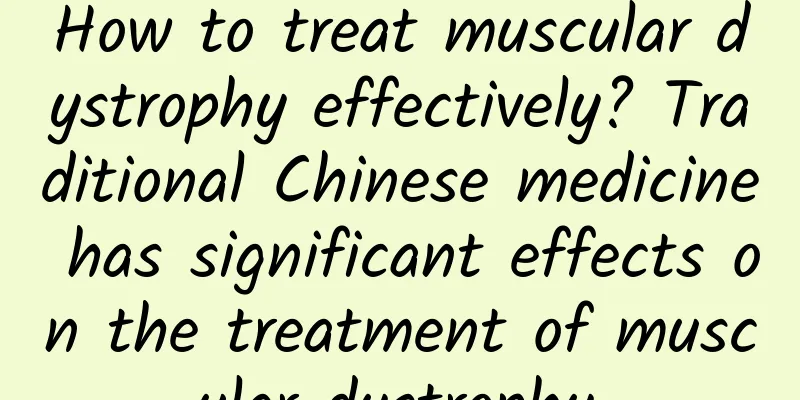Why are newborns prone to jaundice?

|
Almost all babies born will have jaundice. We know that the cause of jaundice is the increase in the level of bilirubin in the blood, and bilirubin is a product of the death process of red blood cells. There are three main reasons for the increase in bilirubin: First, the fetus cannot breathe on its own in the mother's body, so it needs more red blood cells to transport oxygen. After birth, it comes to an oxygen-rich environment, so it no longer needs so many red blood cells, and the body will actively break them down. In addition, the life span of a baby's red blood cells is shorter than that of an adult, which leads to a large number of red blood cell apoptosis, causing the bilirubin level in the blood to rise. Secondly, a baby's liver's ability to metabolize bilirubin is only 0.1-1% of that of an adult, and it is unable to complete such a difficult task. Finally, the baby's intestinal flora has not yet been established, so it cannot convert bilirubin into probilinin and excrete it from the body. Instead, it is reabsorbed into the blood. Observation of jaundice in children and neonates Severe hyperbilirubinemia (bilirubin levels exceeding a certain defined value) may cause irreversible damage to the baby's nervous system and even brain damage. Therefore, the key to neonatal jaundice is to closely monitor the bilirubin level and actively prevent and treat hyperbilirubinemia. Observation of the condition Your baby will appear yellow because bilirubin accumulates in the skin. This usually happens 2-4 days after birth, with the skin and conjunctiva turning yellow. The yellow skin first appears on the face, then moves down as bilirubin levels rise, reaching the chest, abdomen, arms, and finally the legs and feet. This may be difficult to see for babies with darker skin. Some mothers ask, why can't I see that my baby is yellow? To observe the baby's jaundice, it must be done under good lighting conditions, preferably under natural light from a window. Gently press the baby's forehead or nose. If the skin looks yellow, it means that the baby may have mild jaundice. Press other parts of the body, such as the chest, buttocks, knees, etc., to judge the progress of the baby's jaundice. In addition, if your baby has the following symptoms at home, it may mean that the jaundice has worsened and you should take your baby to see a doctor immediately: The baby's knees or below the knees appear yellow, and the jaundice color deepens (lemon yellow to orange yellow); Your baby has trouble eating; Difficult to awaken; The baby is irritable and difficult to control; The baby's neck or body is bent backwards; If your baby develops jaundice within 24 hours of birth, it may be pathological jaundice, which can lead to severe hyperbilirubinemia and you should seek medical attention immediately. |
<<: Is honeysuckle effective in treating jaundice?
>>: What are the common causes of pathological jaundice?
Recommend
How to treat pneumonia in children quickly
In life, when a child suffers from neonatal pneum...
Differentiation of pneumonia in children
How to diagnose neonatal pneumonia? This is a dif...
Symptoms of dysentery in babies Pay attention to these 6 situations
Baby dysentery is a common gastrointestinal infec...
Dietary considerations for patients with hepatic osteodystrophy
Dietary considerations for patients with hepatic ...
What medicine can cure pneumonia in children?
Now Western medicine has penetrated into our live...
What should not be eaten for pseudo-jaundice?
Pseudo-jaundice refers to carotenemia, and dietar...
What is the method to reduce neonatal jaundice?
As we all know, jaundice is a relatively common p...
What are the 5 common symptoms of pneumonia in 9-year-old children?
A 9-year-old child with pneumonia developed sympt...
How to prevent early kidney disease in children
With the improvement of living standards, kidney ...
What are the nursing measures for children with pneumonia? How to tell if a child has pneumonia
With the arrival of autumn, the temperature diffe...
How should parents deal with influenza in children? Five nursing measures for influenza in children
Influenza in children mainly refers to an inflamm...
Is cephalosporin effective for mumps?
Is cephalosporin effective for mumps? 1. Taking c...
What is the difference between atypical Kawasaki disease and Kawasaki disease?
The main difference between atypical Kawasaki dis...
What should we pay attention to in preventing pneumonia in children?
Many people know that pneumonia is more serious t...
Children's allergic rhinitis allergic cough always recurs
If a child has allergic rhinitis or allergic coug...









